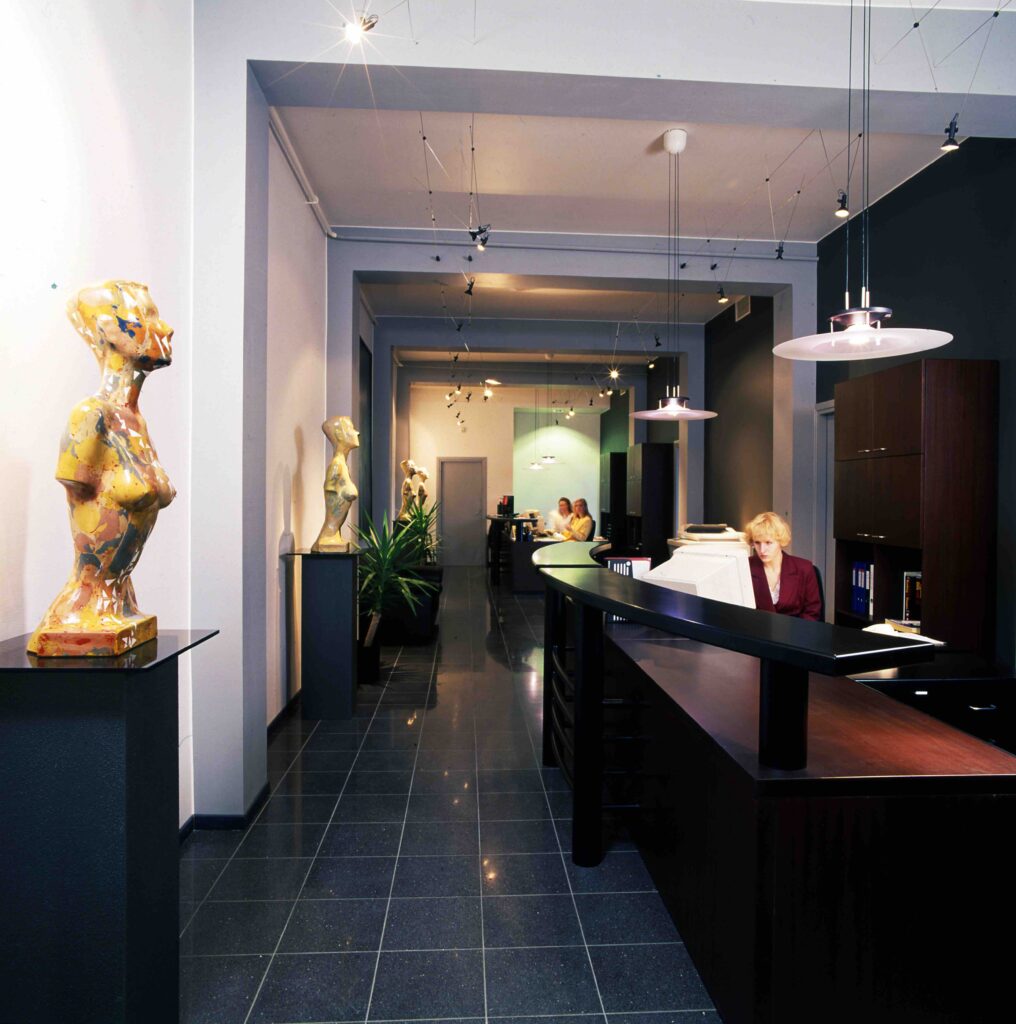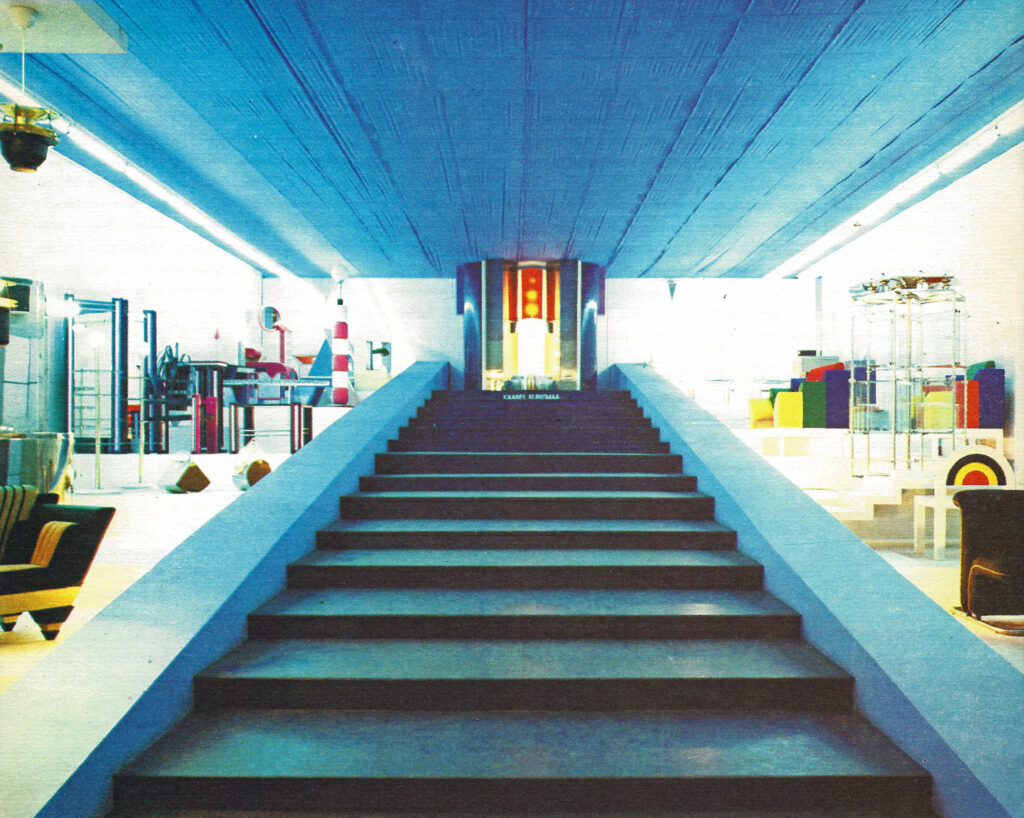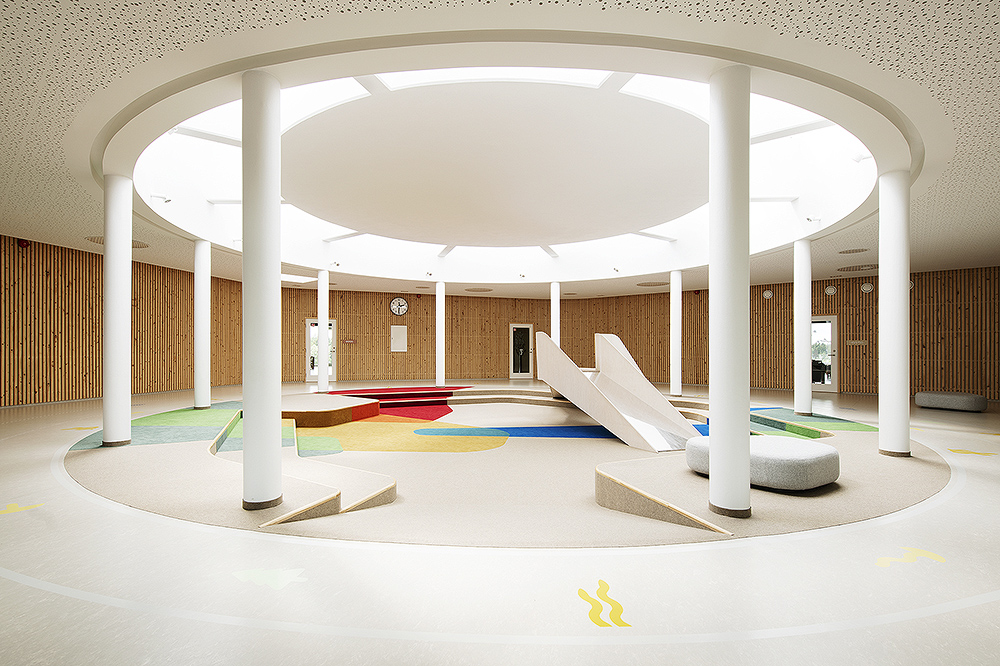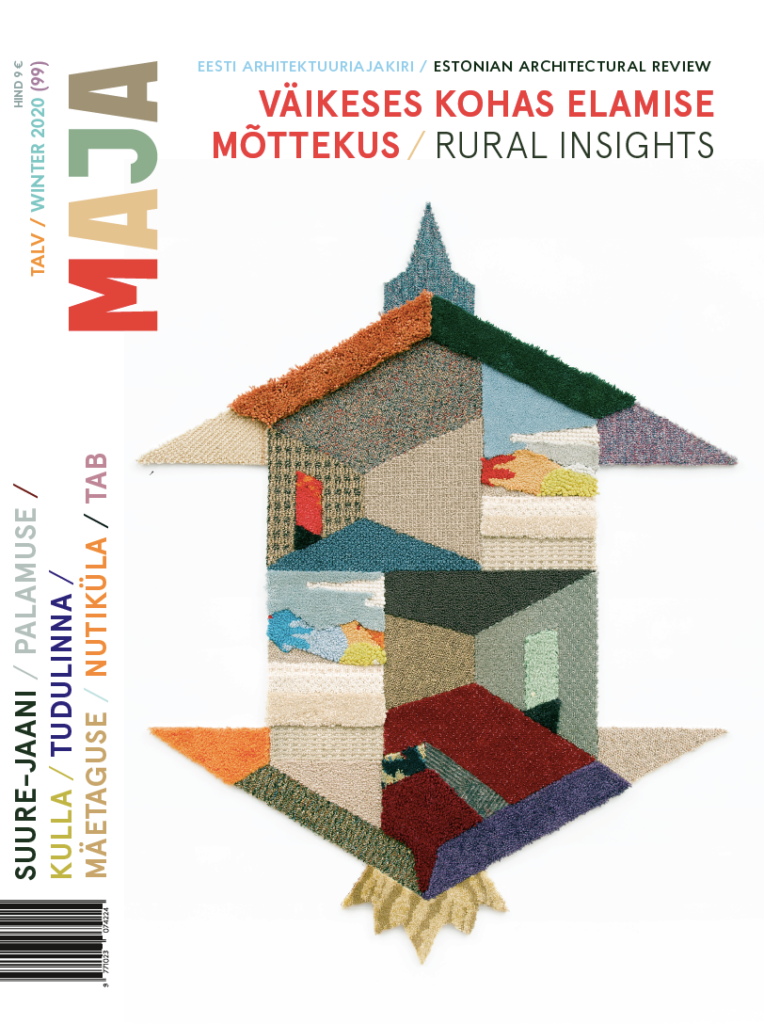Rotermann Quarter stands out for the diversity of its new-builds and reconstructed former industrial buildings. There is probably no other area in Estonia awarded with as many prizes as this one. Mathilda Viigimäe and Kristi Tšernilovksi shed light on the architectural development of Rotermann Quarter.
We have gained an unprecedented amount of trust from our employers. Work has suddenly become dispersed, taking place asynchronously at different locations and different times. One gets a sense now of deeper reflection on how companies should organise their work and inspire their workers. This has led to a shift in understanding—what takes place within the environment has begun to affect the environment itself and its fundamental idea, which in turn guides the aesthetic decisions on space.
After the slow-burning and partly contestable success stories of Rotermann Quarter and Telliskivi Creative City, the eyes of Tallinners interested in urban design or just longing for a better urban space turned to Noblessner—the privately developed waterfront set to become one of the first chapters on the road to open the coastal areas of Tallinn to its citizens. Though far from complete, the lively quarter already offers a chance for a status report and an insight into the entrenchment of certain spatio-social tendencies in the Estonian real estate landscape.
On a July evening, interior architects of various generations Taevo Gans, Kadri Pärtelpoeg, Eero Jürgenson, Pille Lausmäe, Priit Põldme, Marje Karu and Tarmo Piirmets came together at the association’s office in Rüütli Street to discuss the establishment, needs and current issues of the organisation.
Several public buildings that form functional miniature ecologies, impacting our human qualities and sense of proportion through their scale, have been erected in Purtse and Palamuse.
Maja 2020.a. talvenumber on ilmunud!
ARCHITECTURE AWARDS










